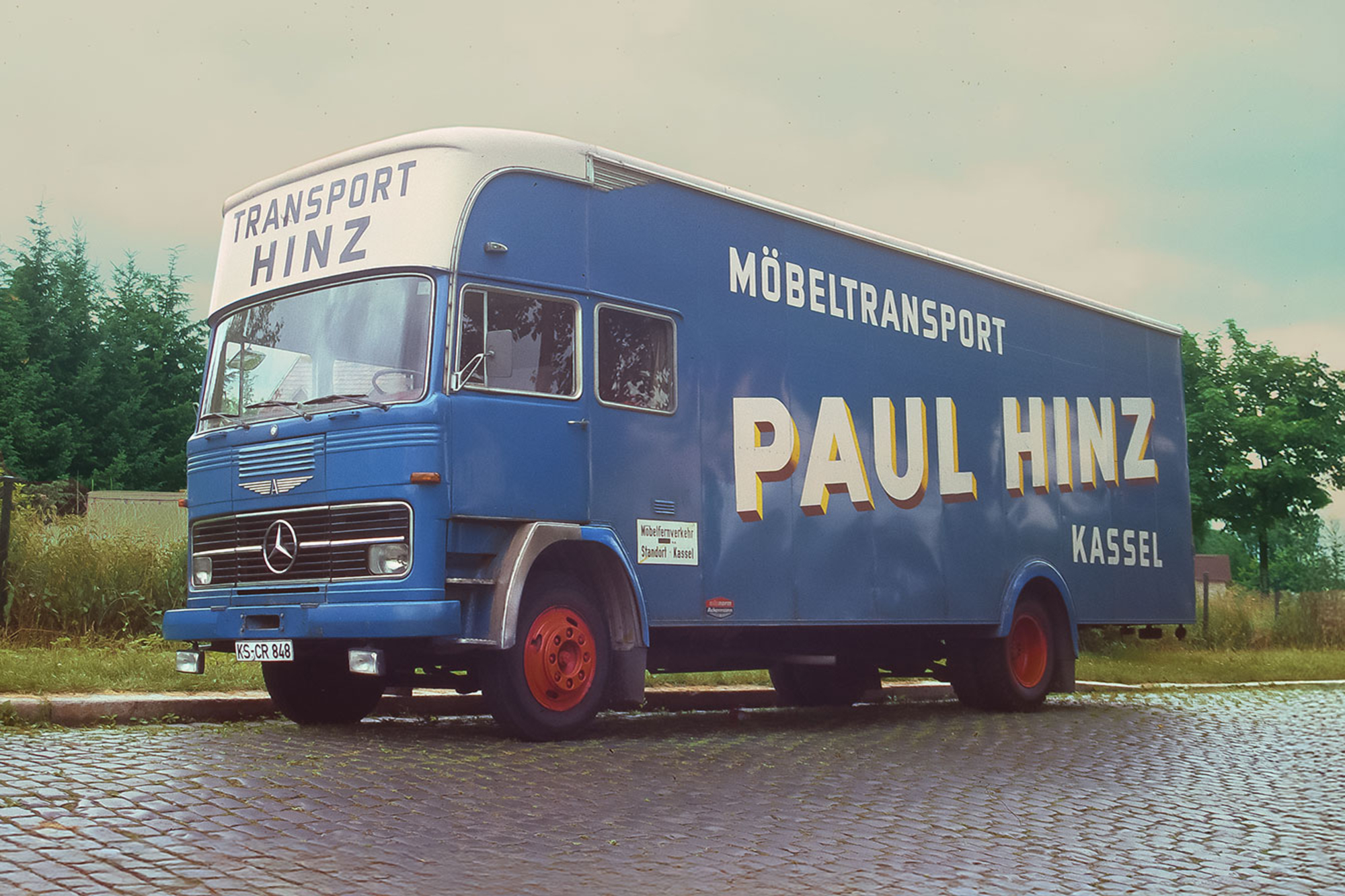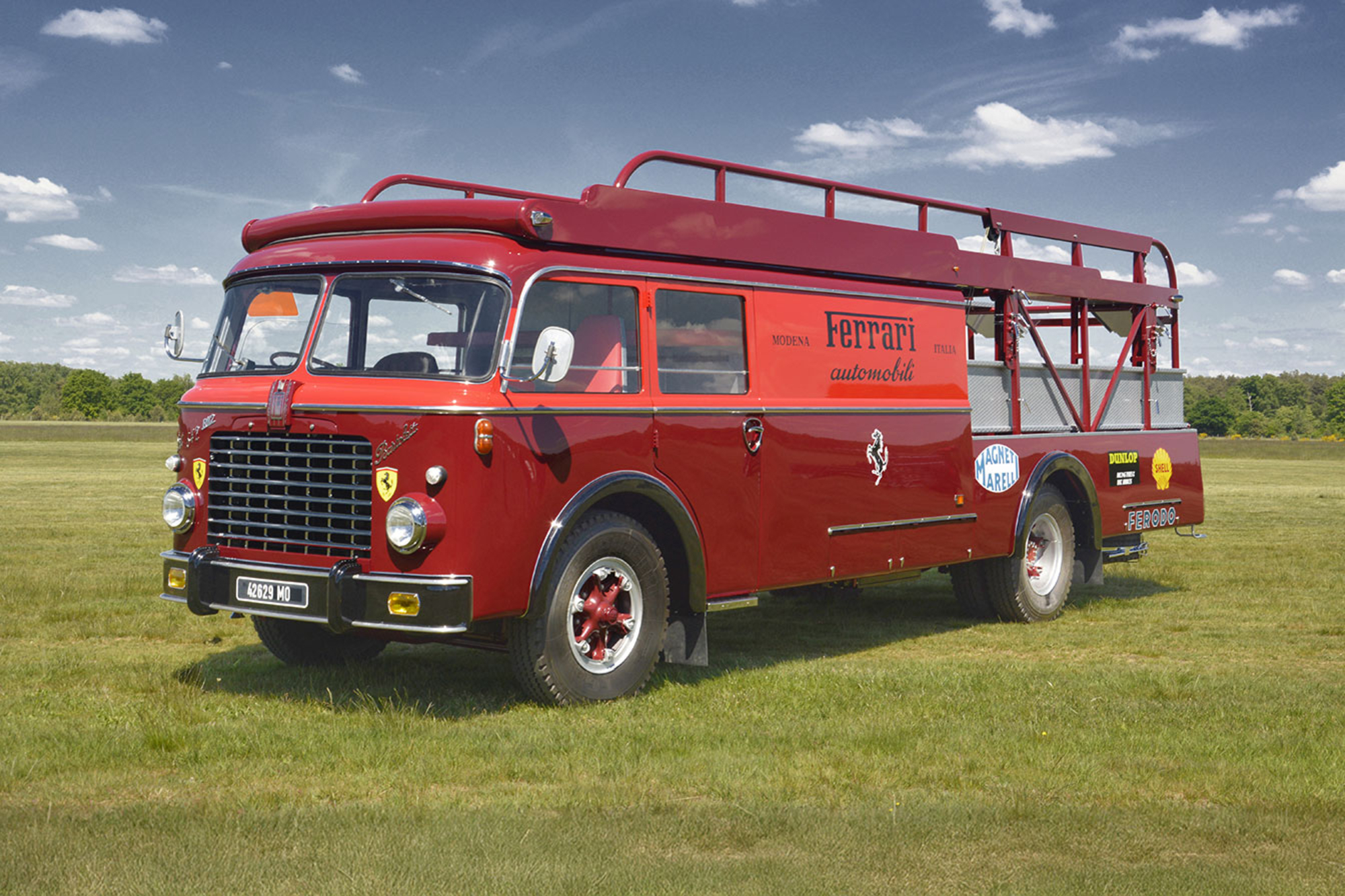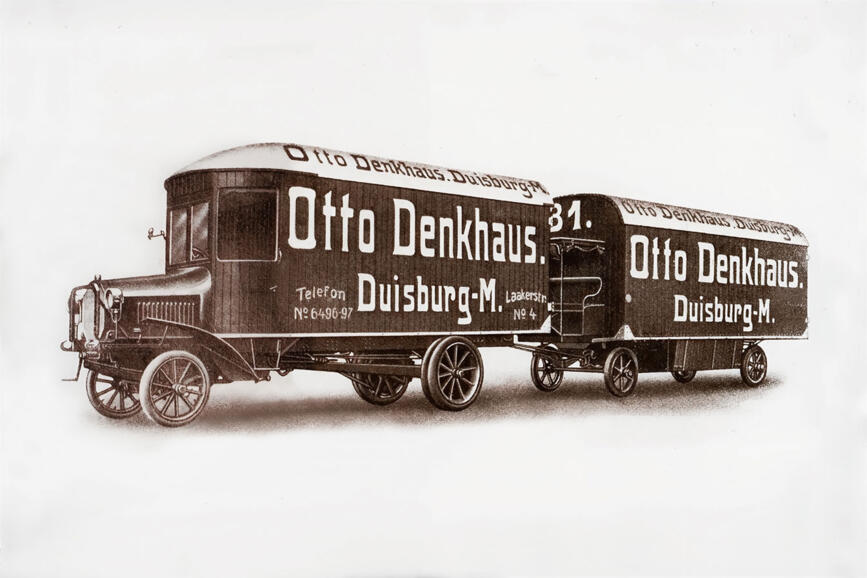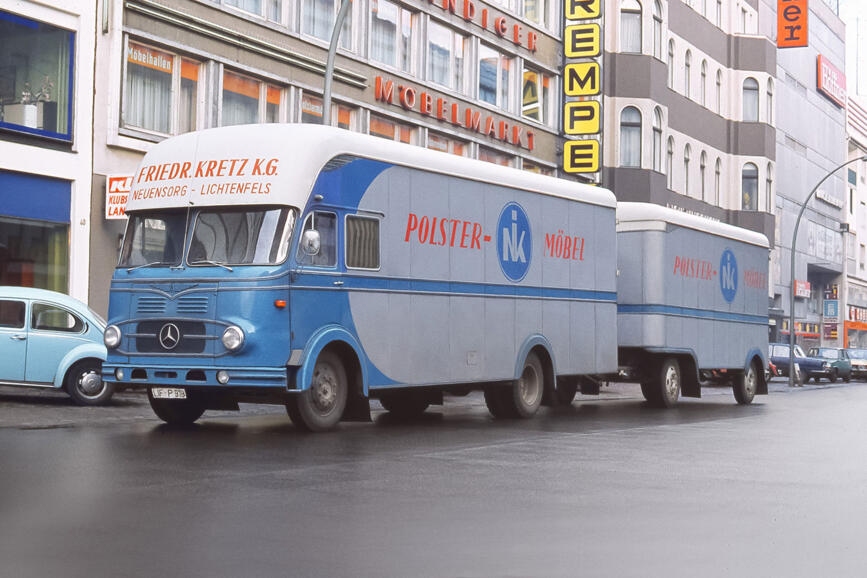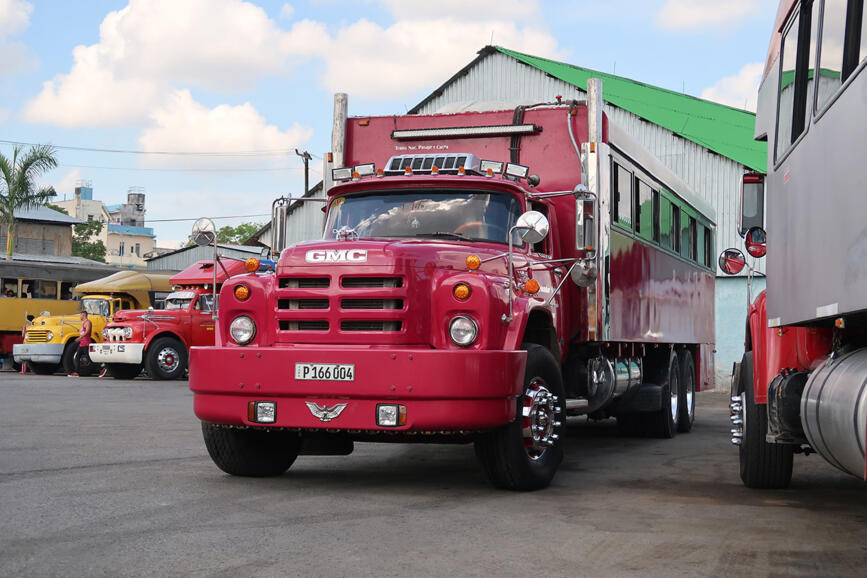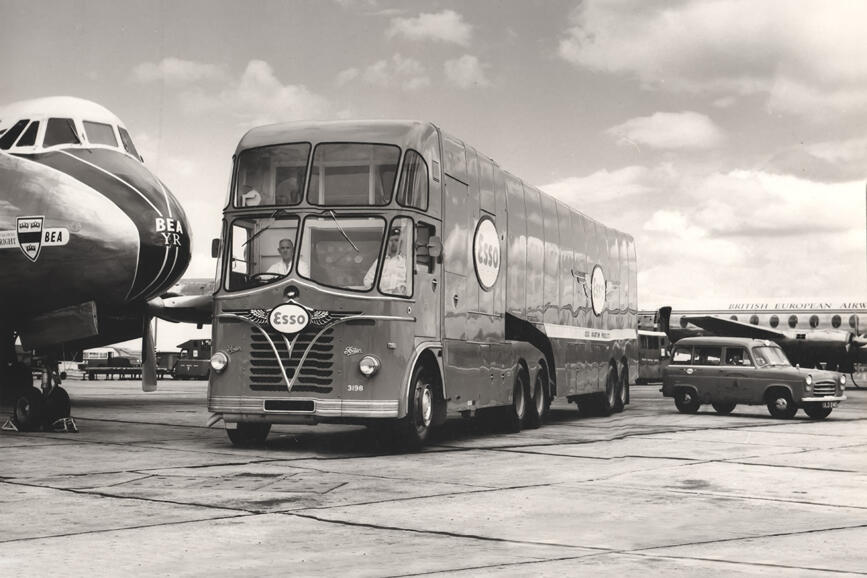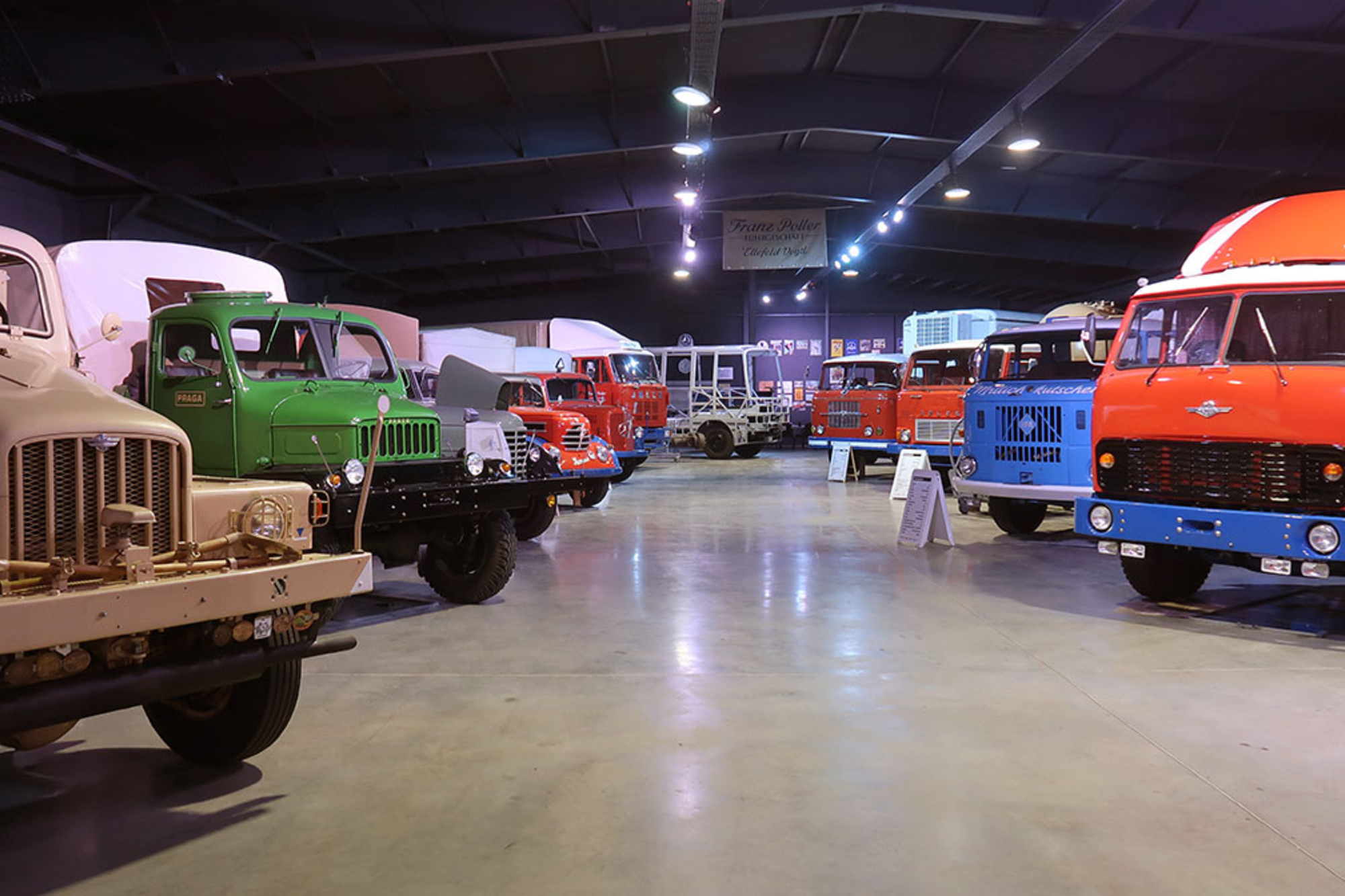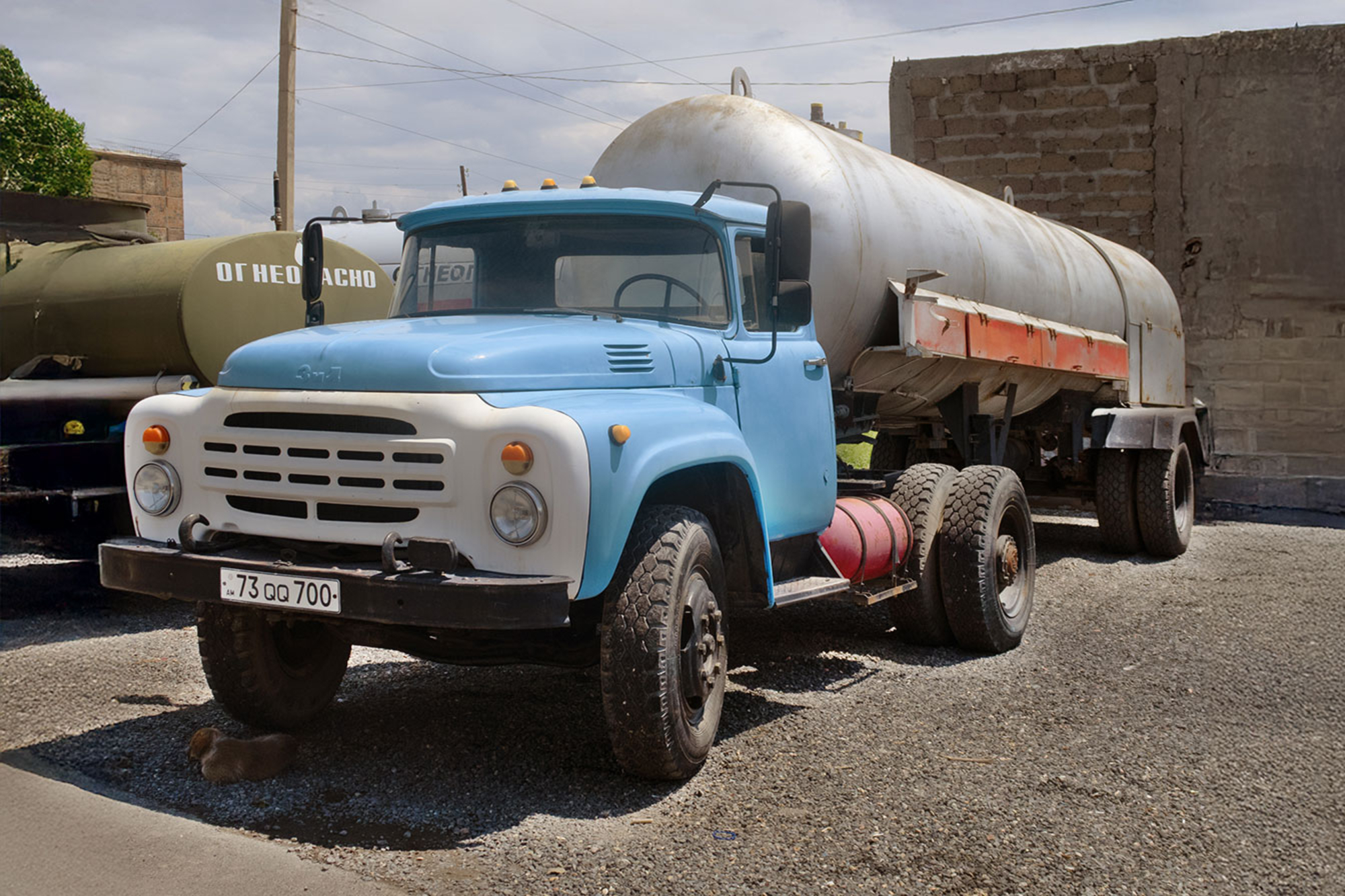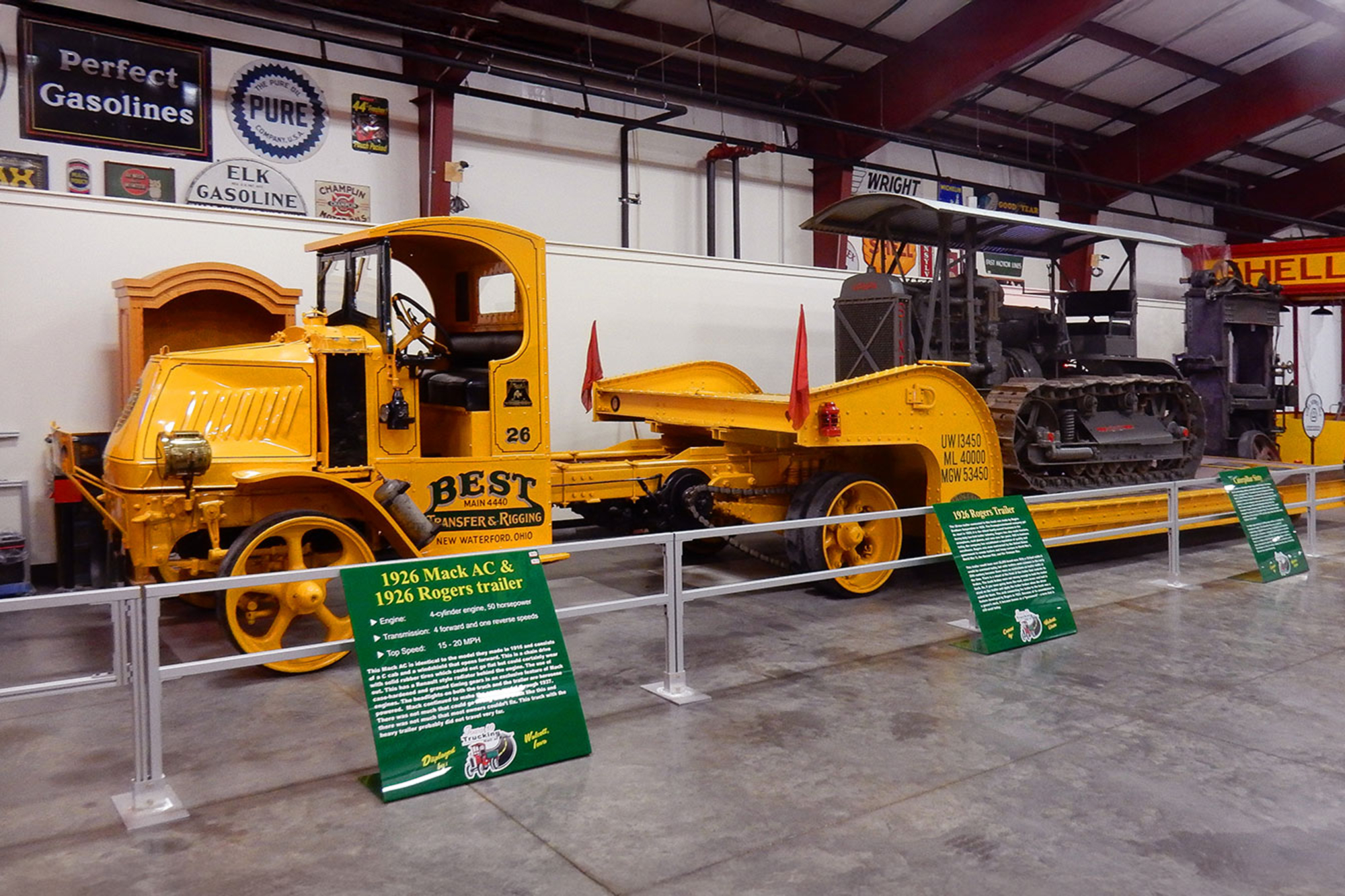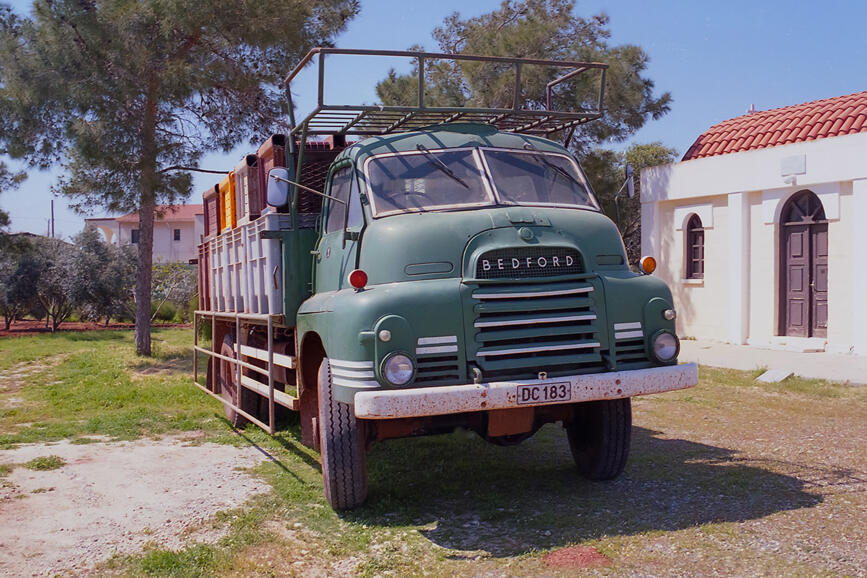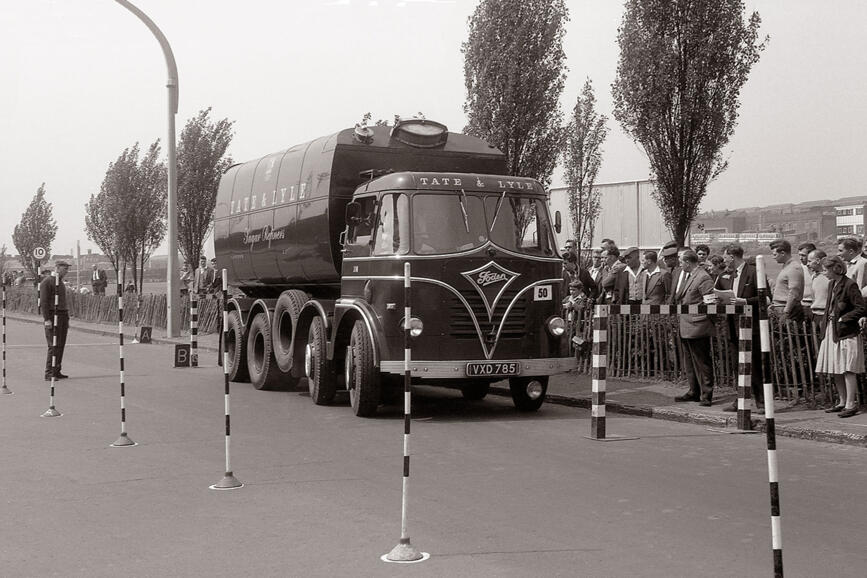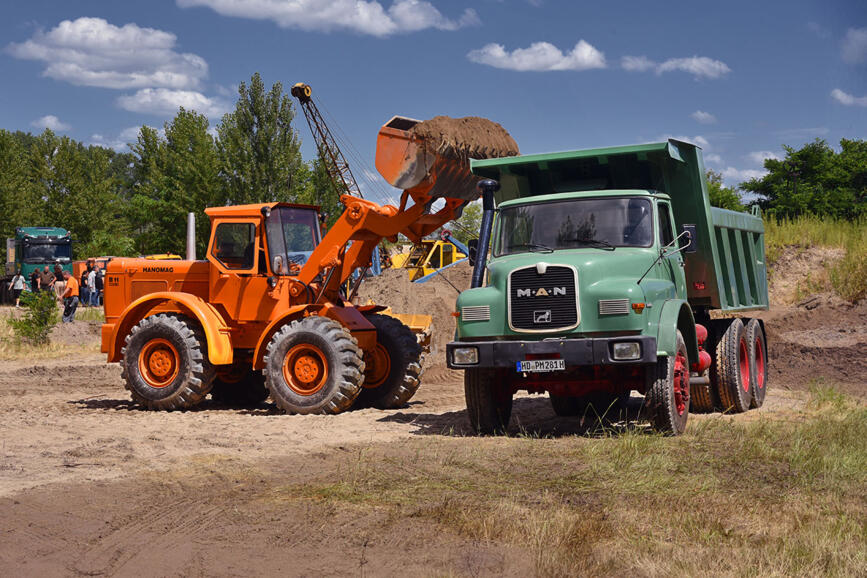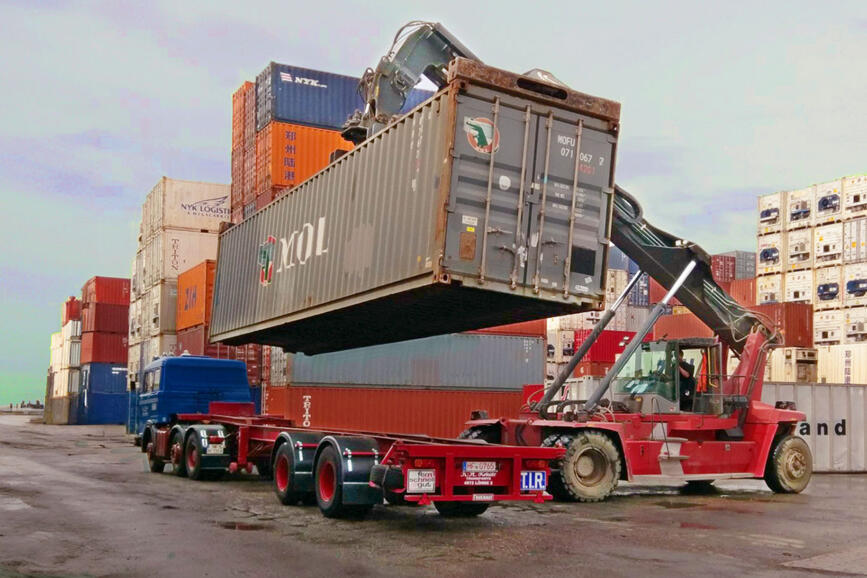Commercial vehicles as advertising
Cakes on wheels and rolling coffee pots
Today they are rare, but in earlier times they used to enrich the street scene: vehicles that served solely as advertising. The advertising vehicles were on the road, for example, with a body in the form of a baby carriage, a rolling shop window, and moving bottles of various contents. Most of them were based on truck or bus chassis, but there were also smaller variants on passenger car chassis. Their time has long since passed, supplanted by television and the Internet.

A beautiful as well as particularly curious example of successful advertising vehicles is the oversized "baby carriage with power head". It was based on a Tempo Matador from 1952, which was equipped with a VW engine as standard. The baby carriage dealer Maas in Hanover was the customer for the vehicle. Unfortunately, the identity of the coachbuilder who was commissioned with the unique vehicle has not survived.
It was not easy to create a collection of photos of old advertising vehicles, because although there were quite a few such vehicles on the road in earlier years, they were rarely documented. The images in this article come from old postcards, private photos and a few factory photos. Flea market finds and images from magazines are also included. The quality of the photos is not always optimal, but the curiosity still justifies the publication.
The illustrations are accompanied by captions, from which some details can be gleaned, but some photos have to do largely without background information because it simply isn't there. We from the On-the-Road editorial team had our fun in compiling this article and hope that the viewer feels the same way ...
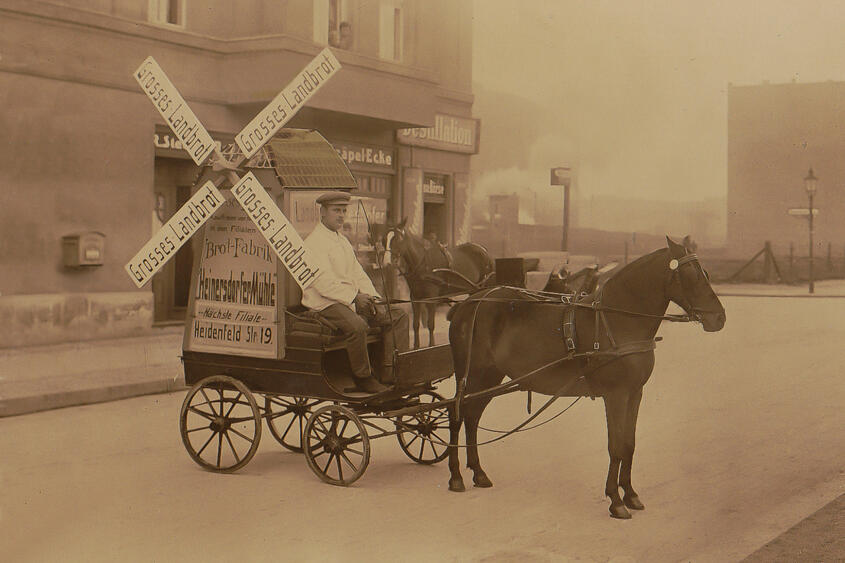
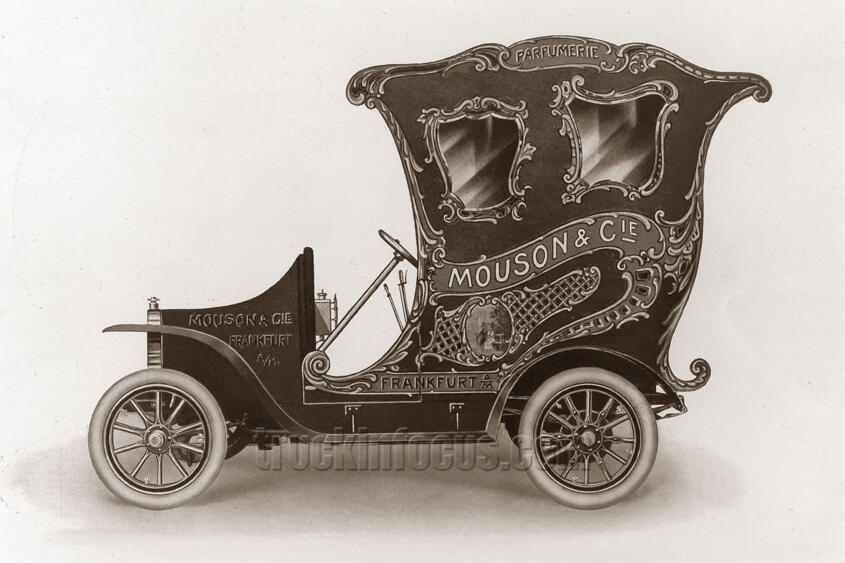
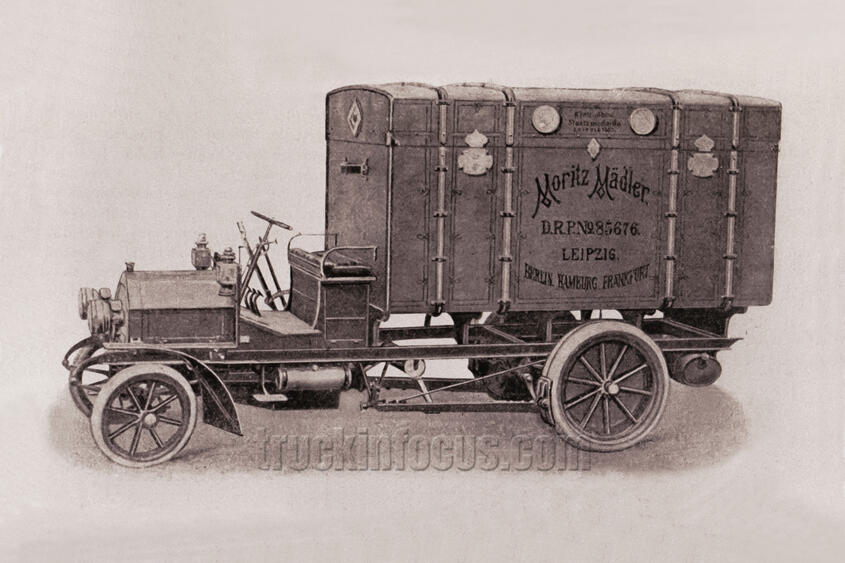
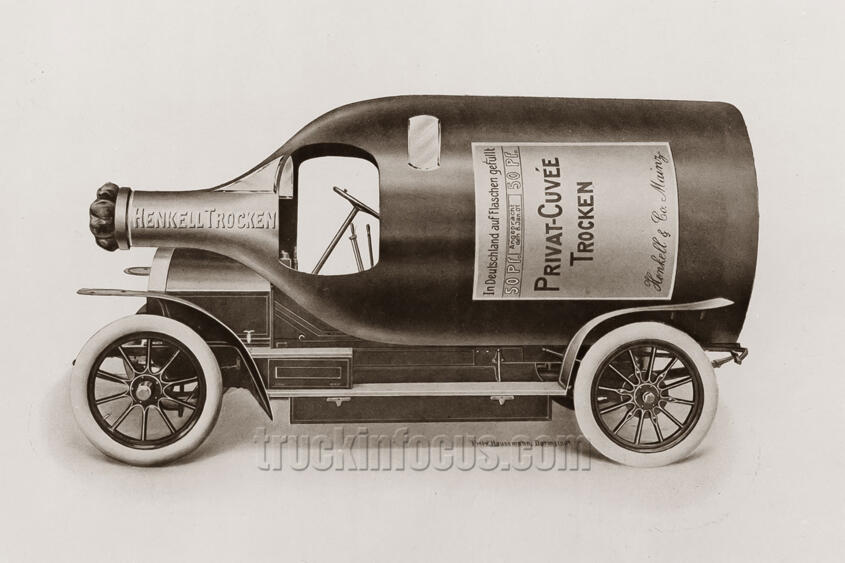
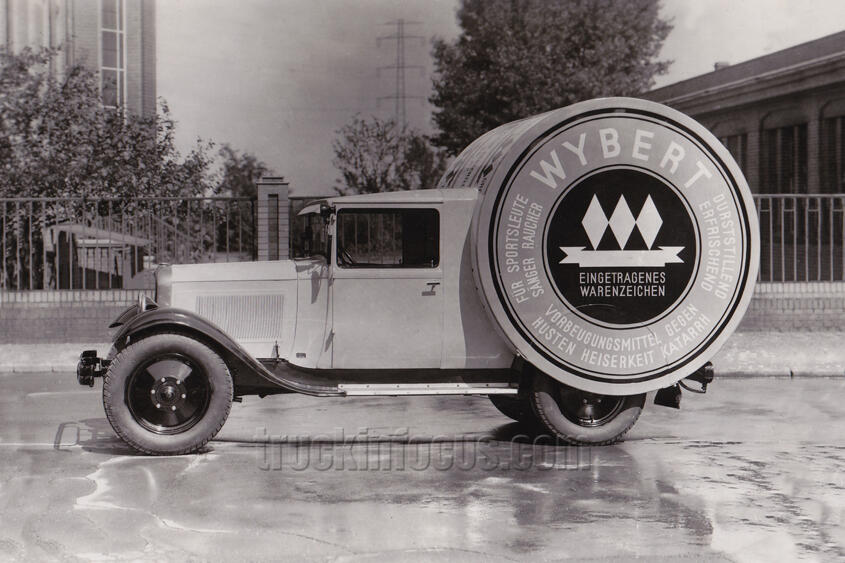
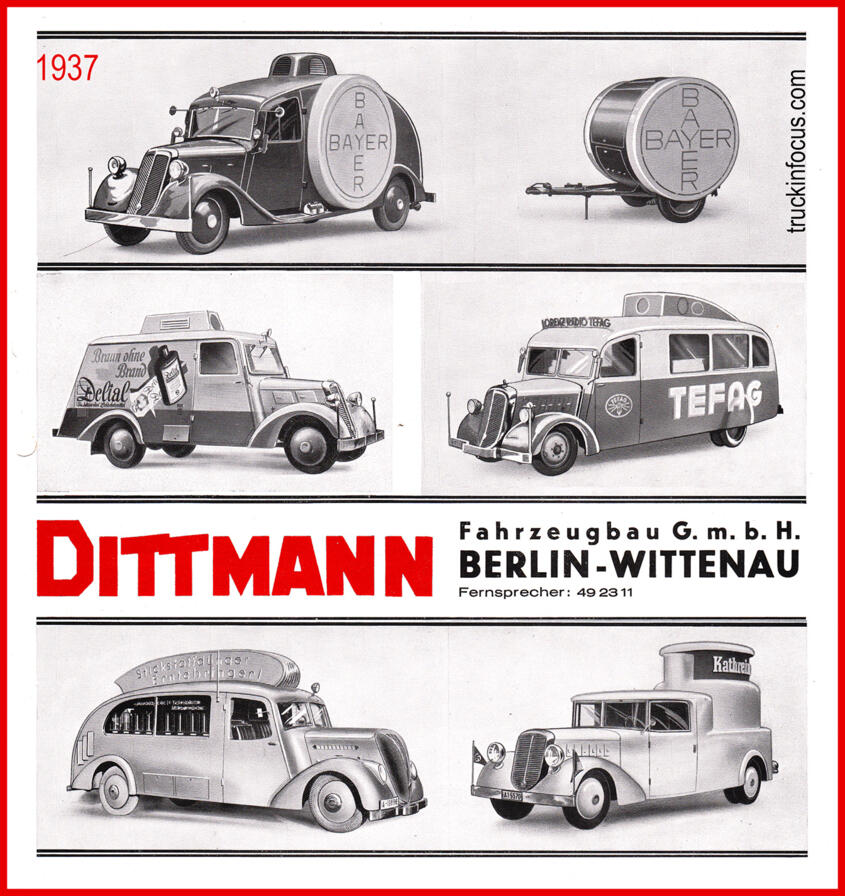
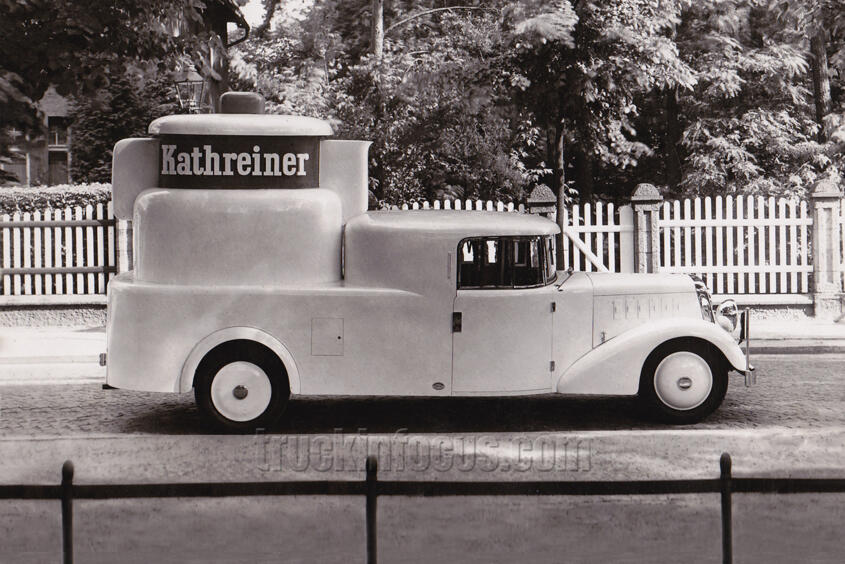
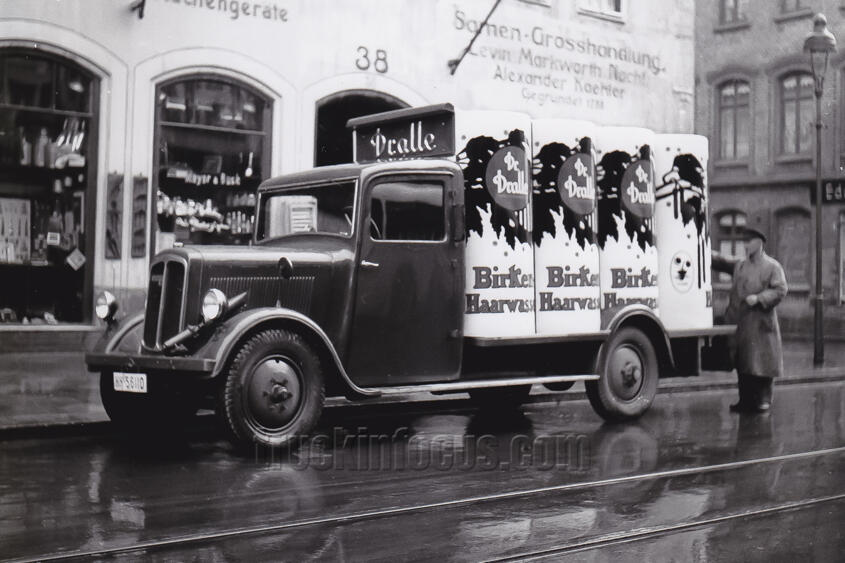
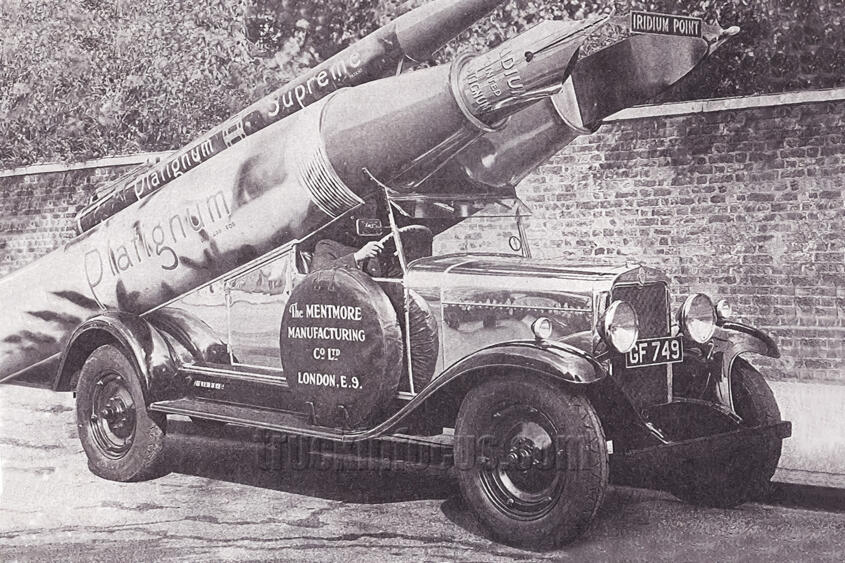
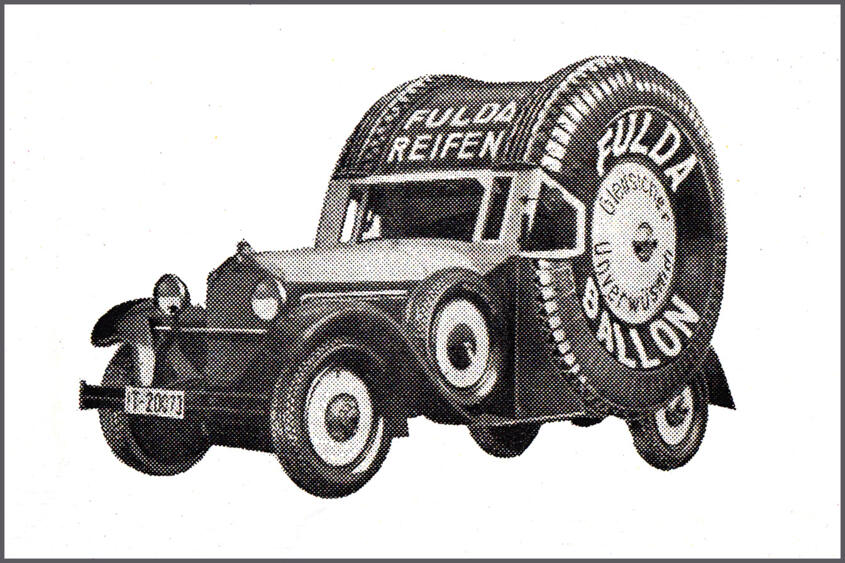
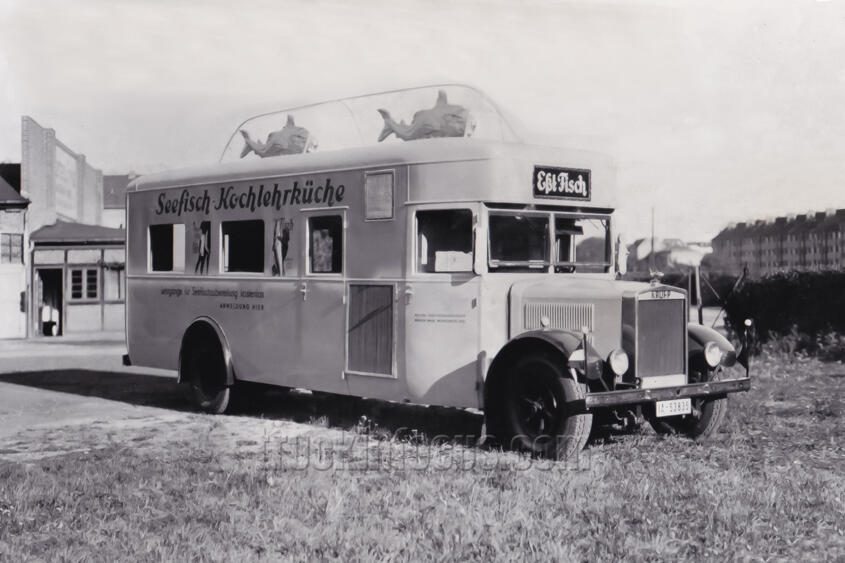
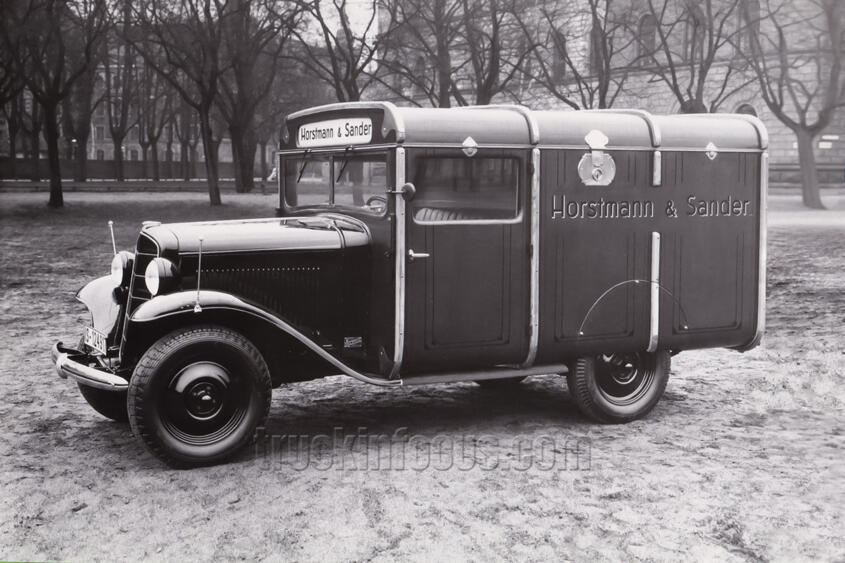
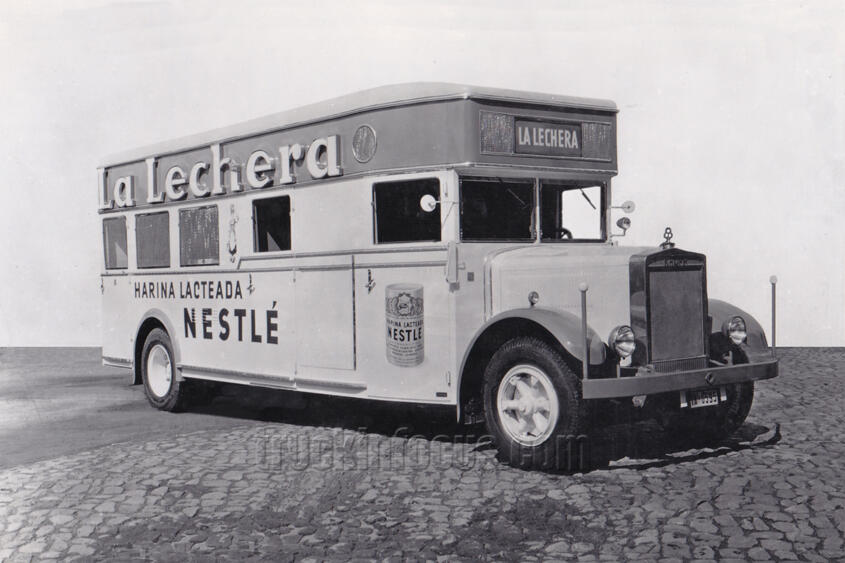
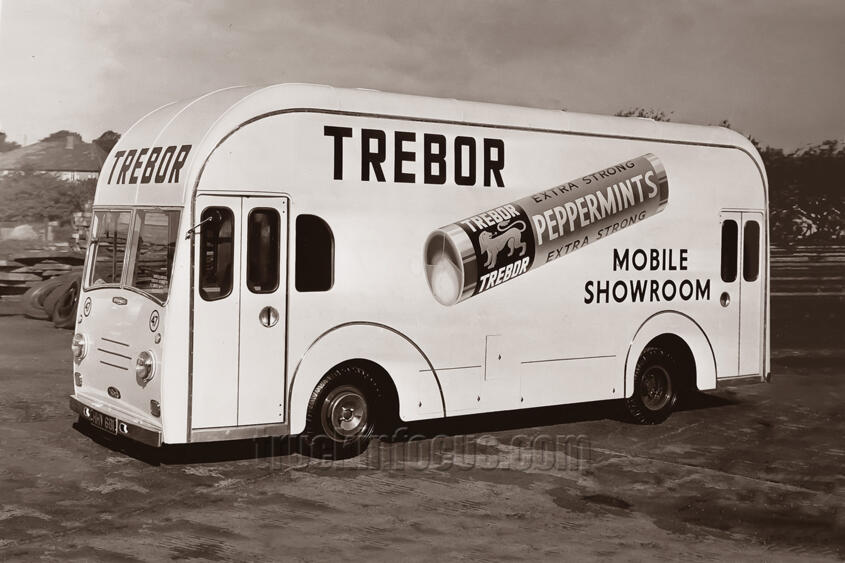
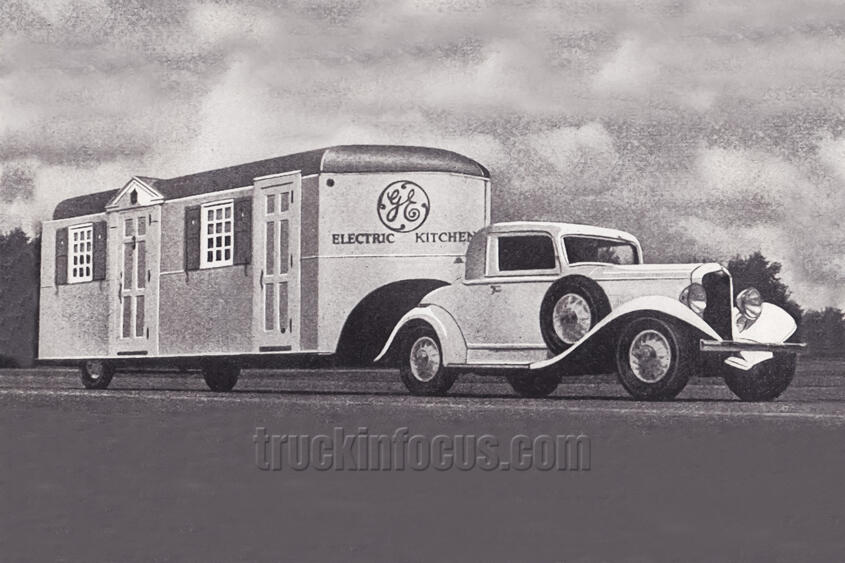
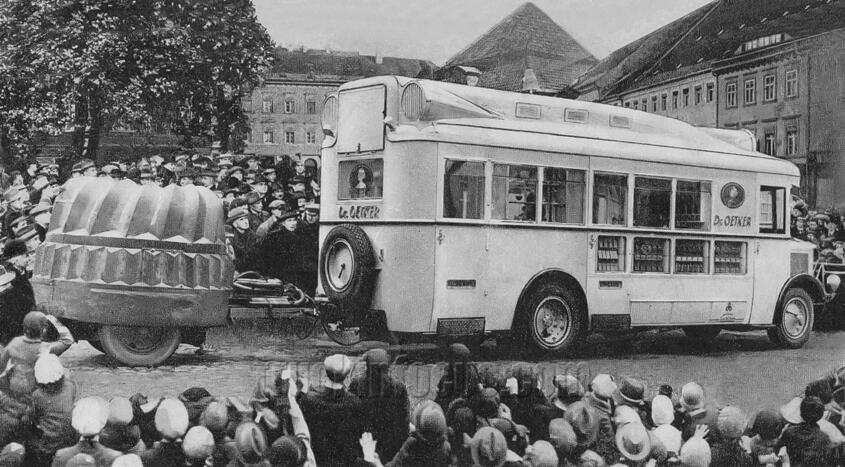
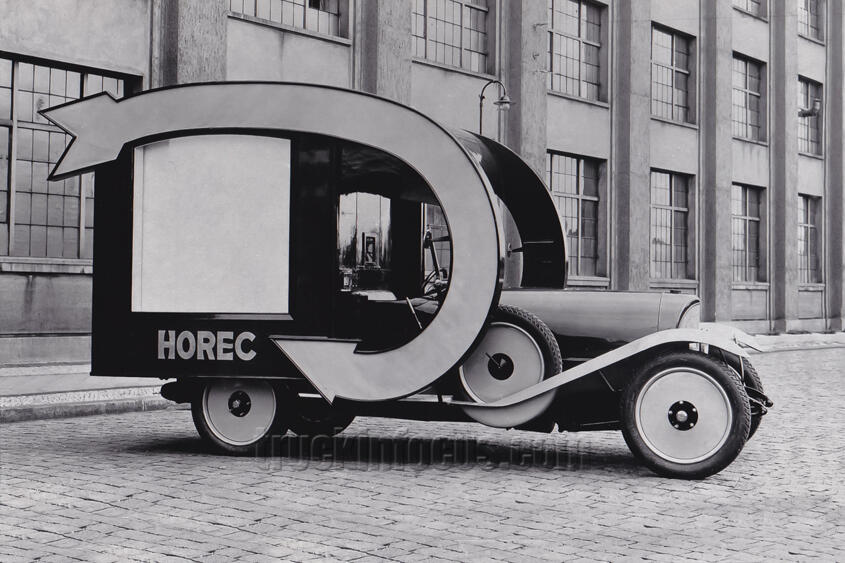
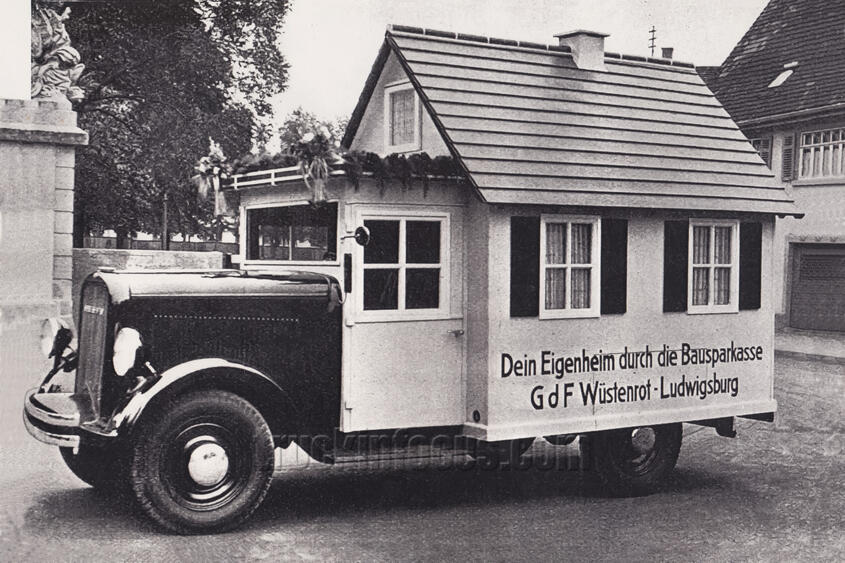
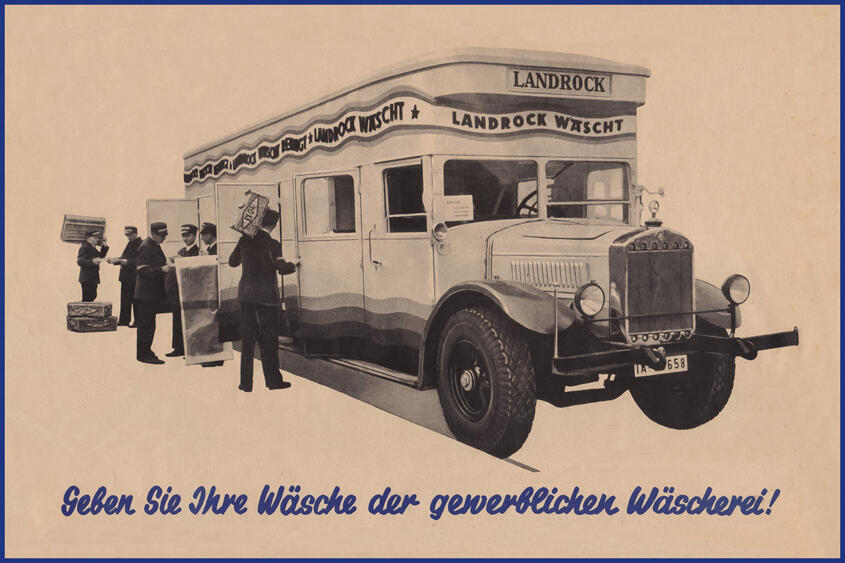
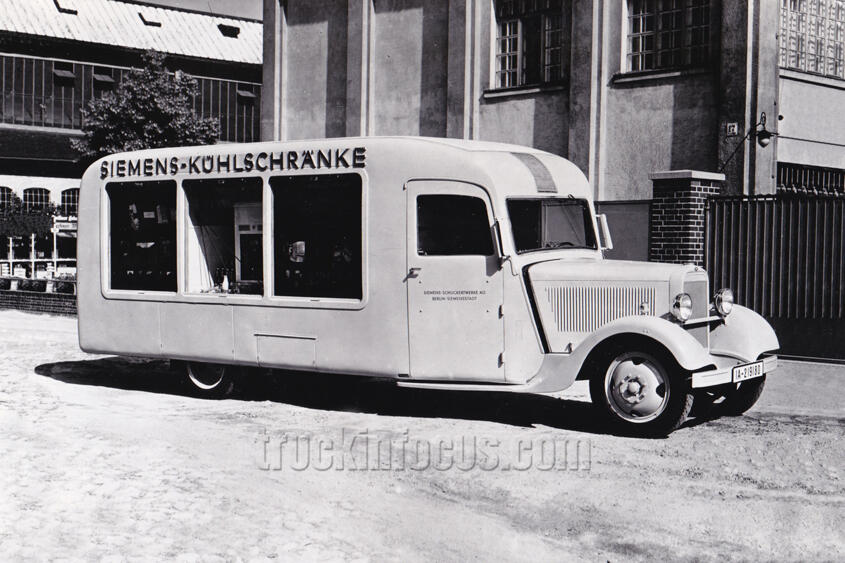
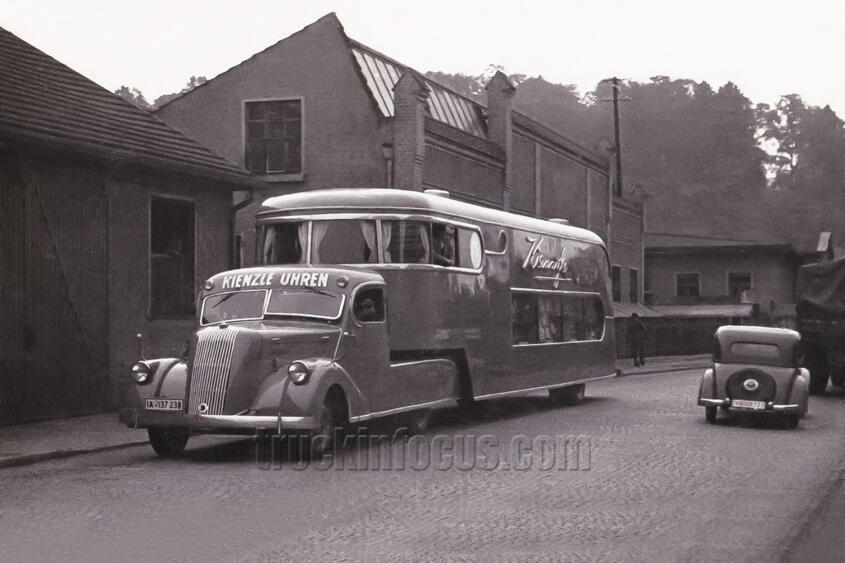
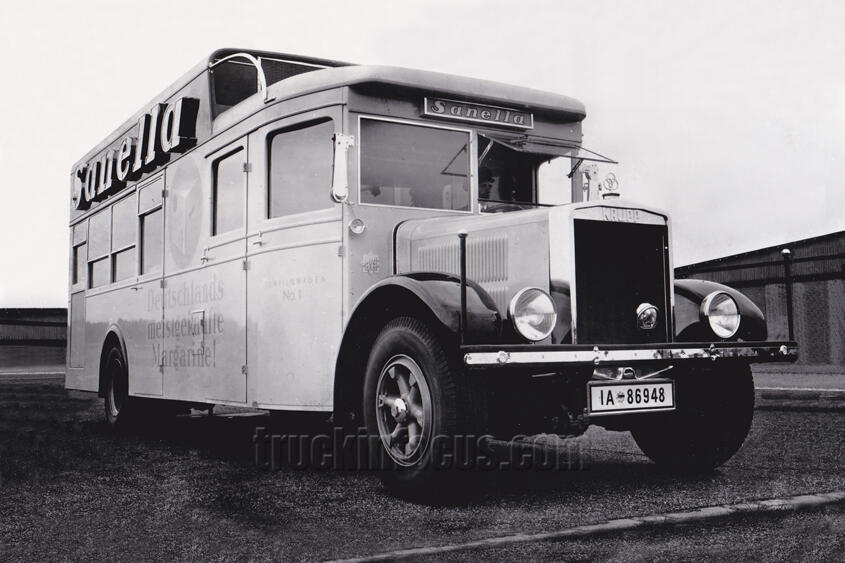
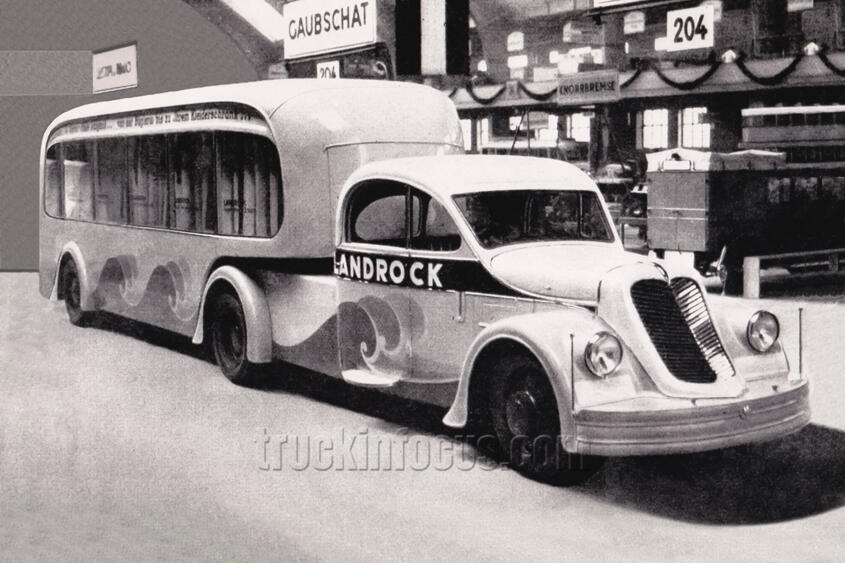
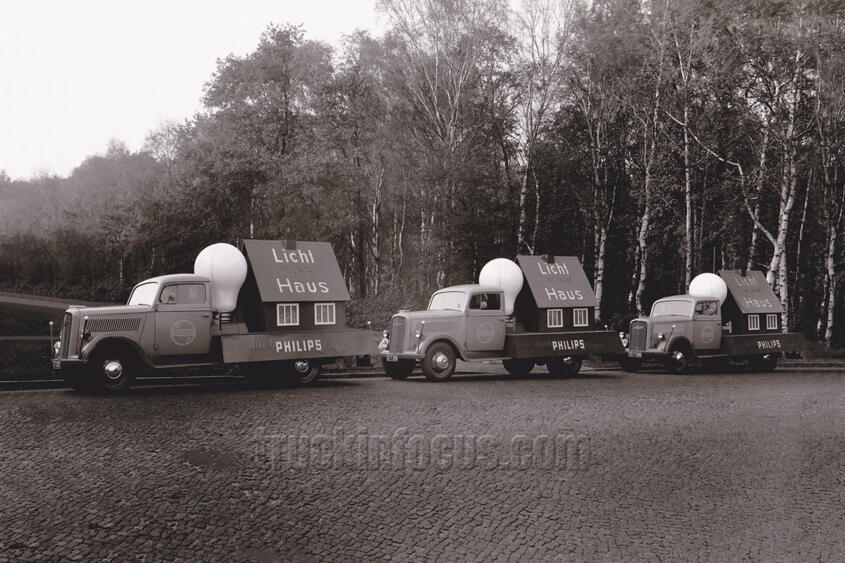
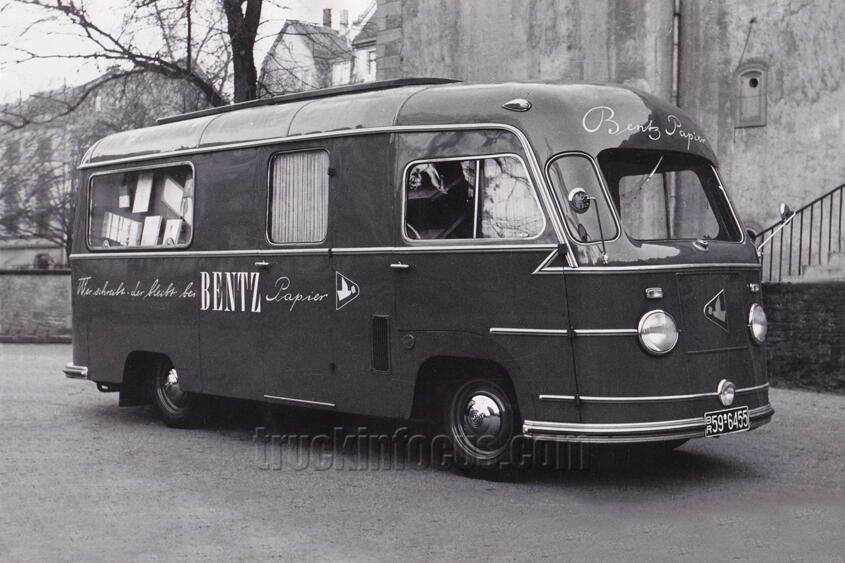
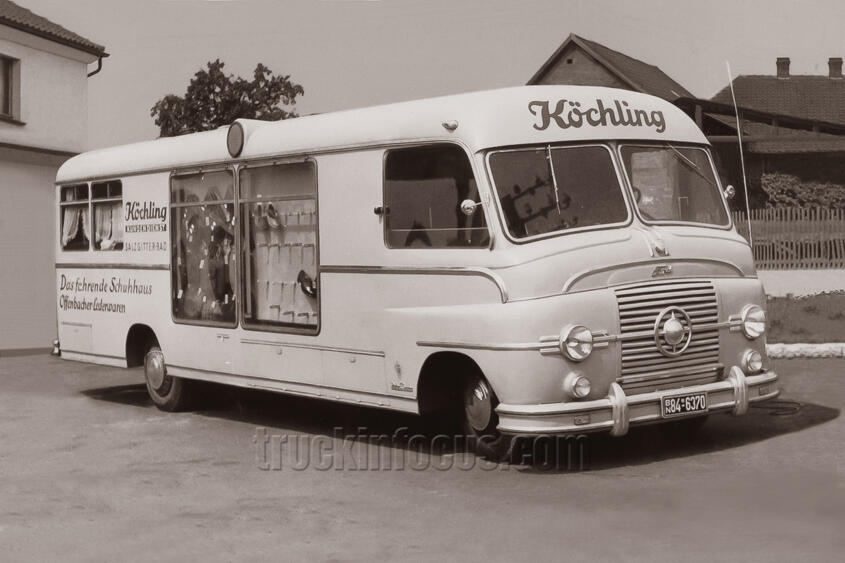

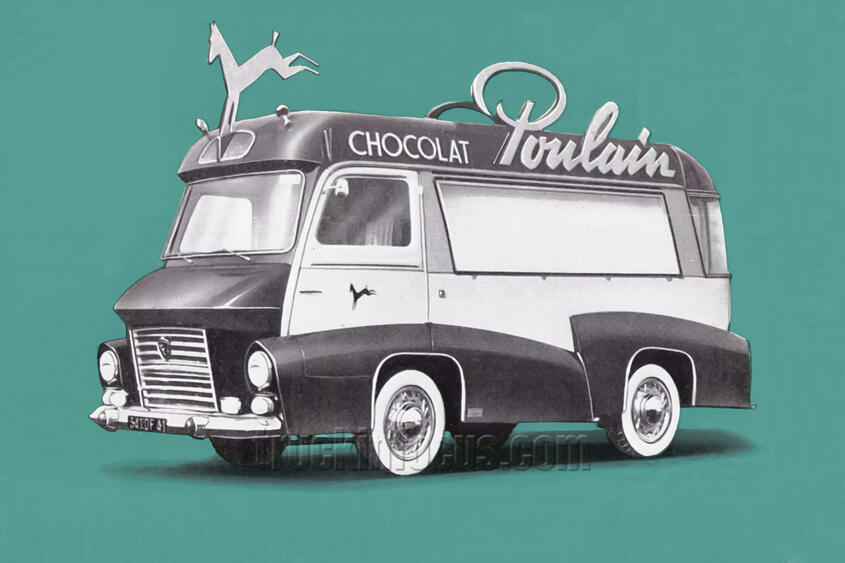
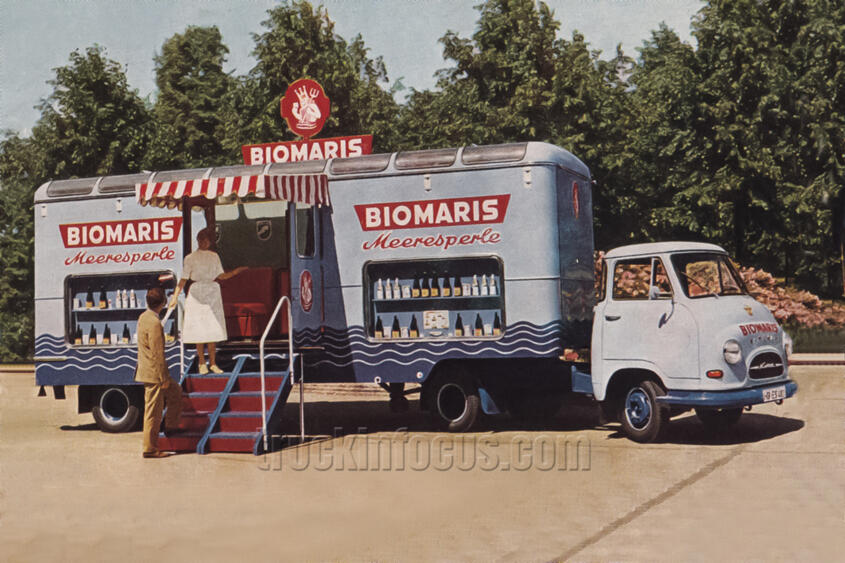
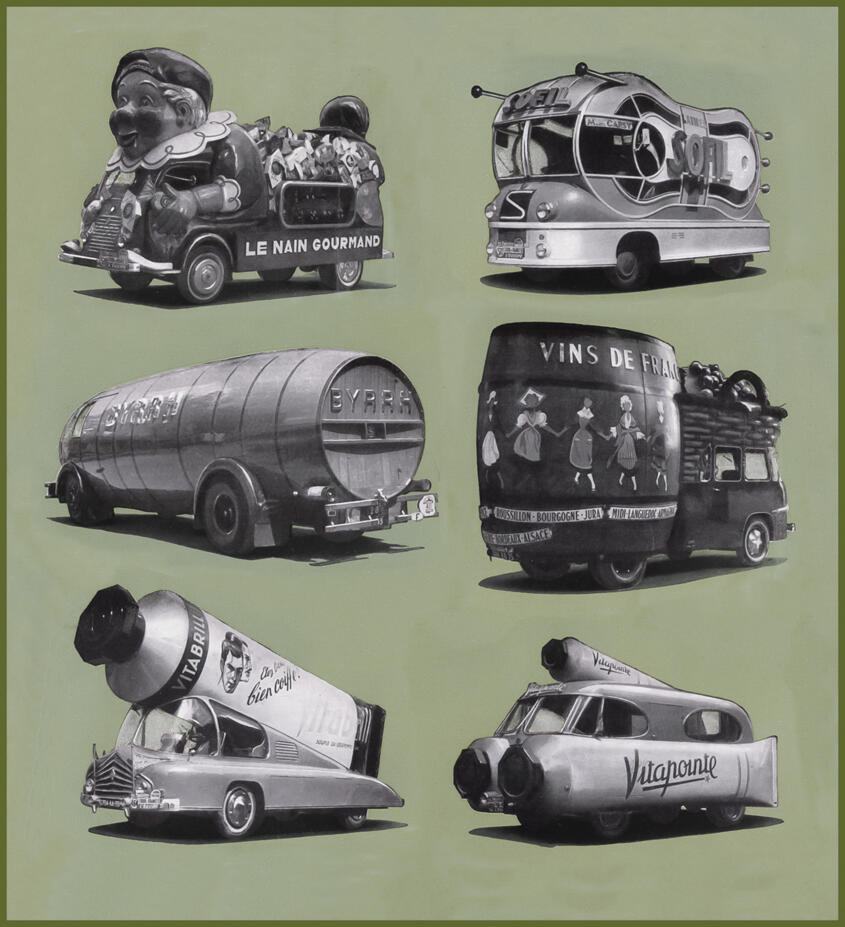
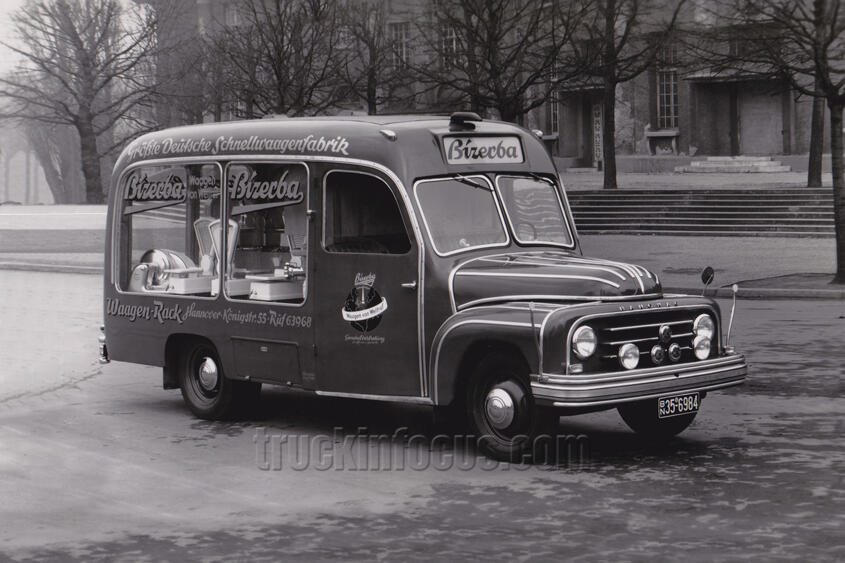
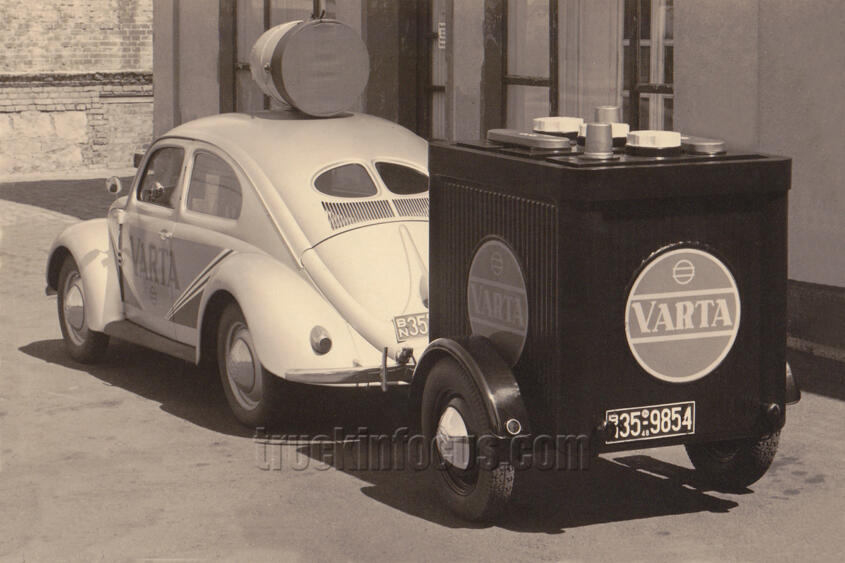
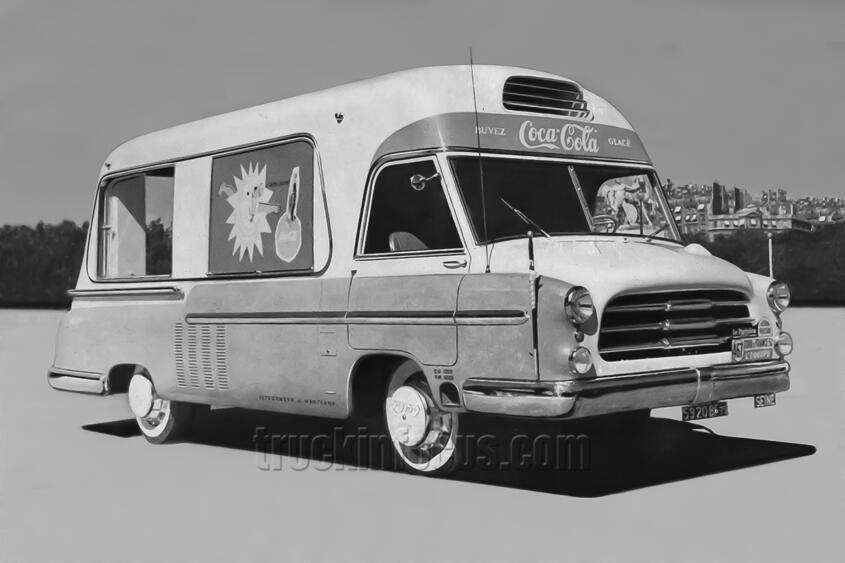
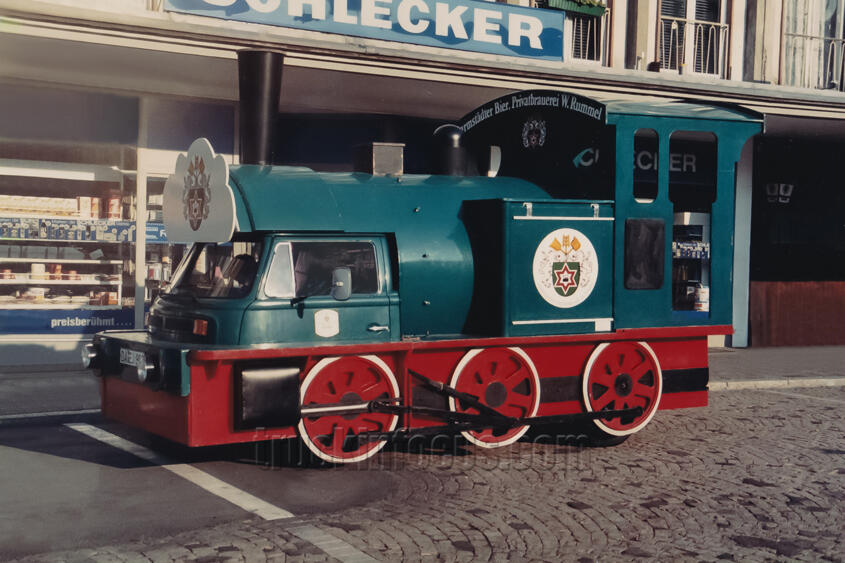
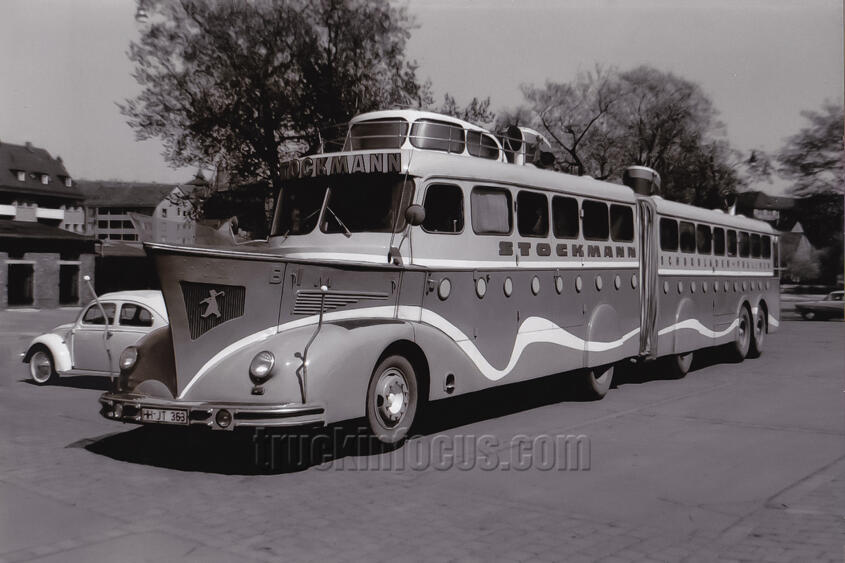
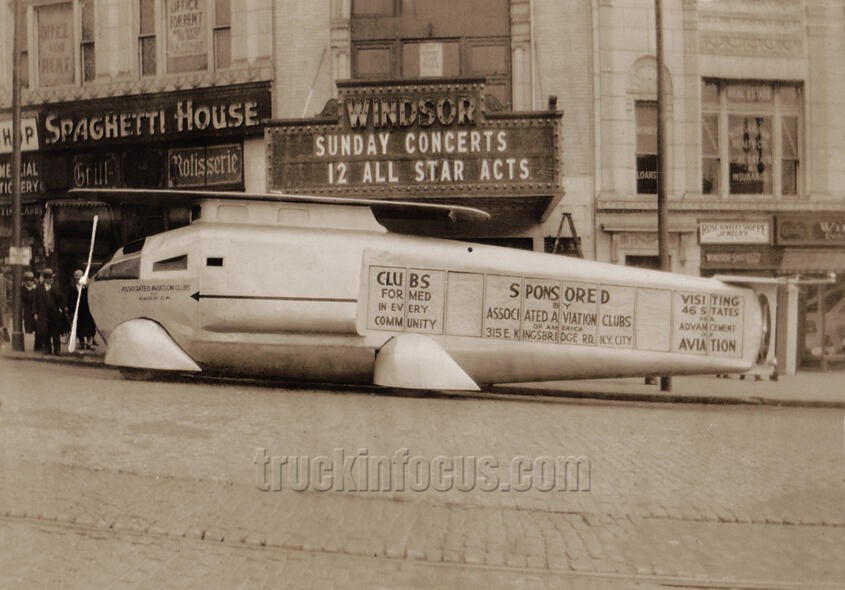
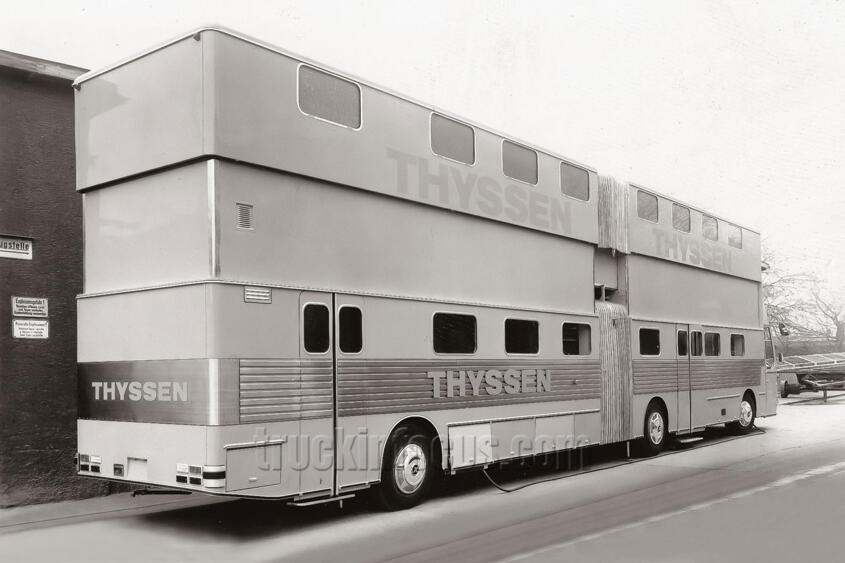
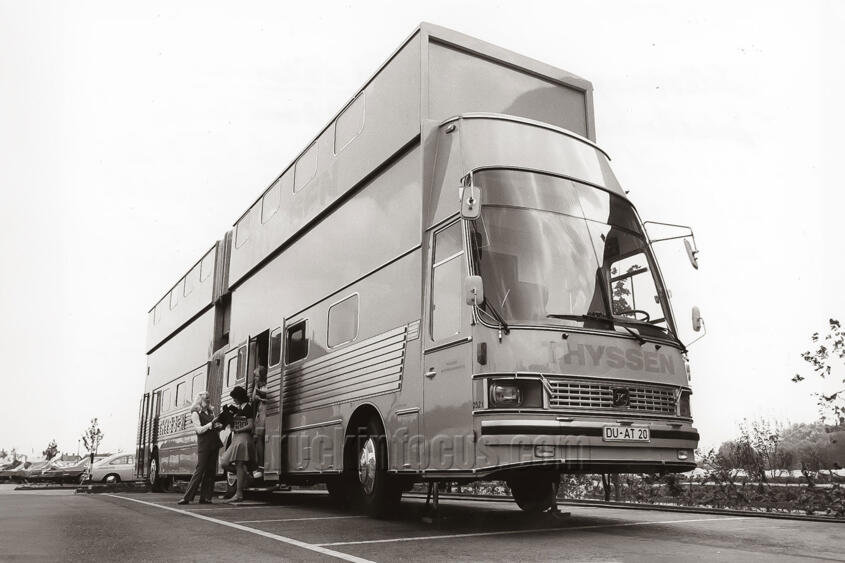
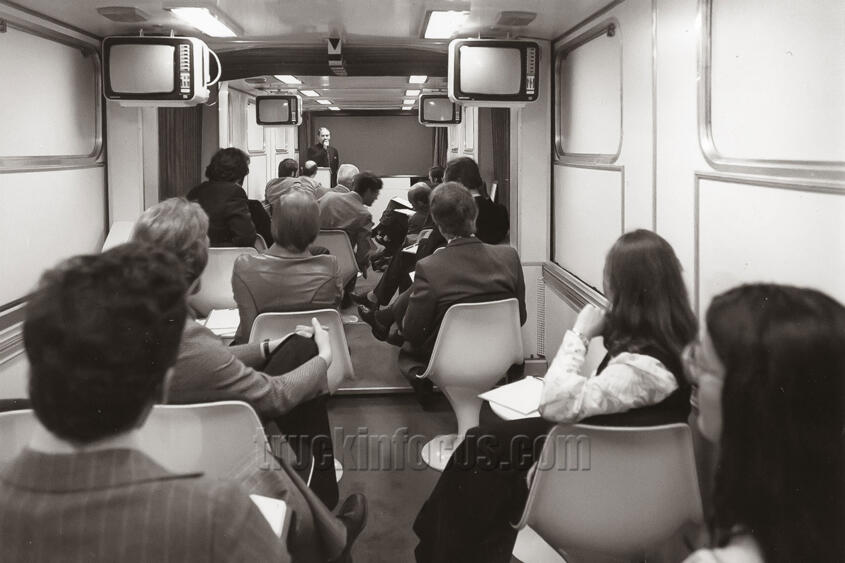
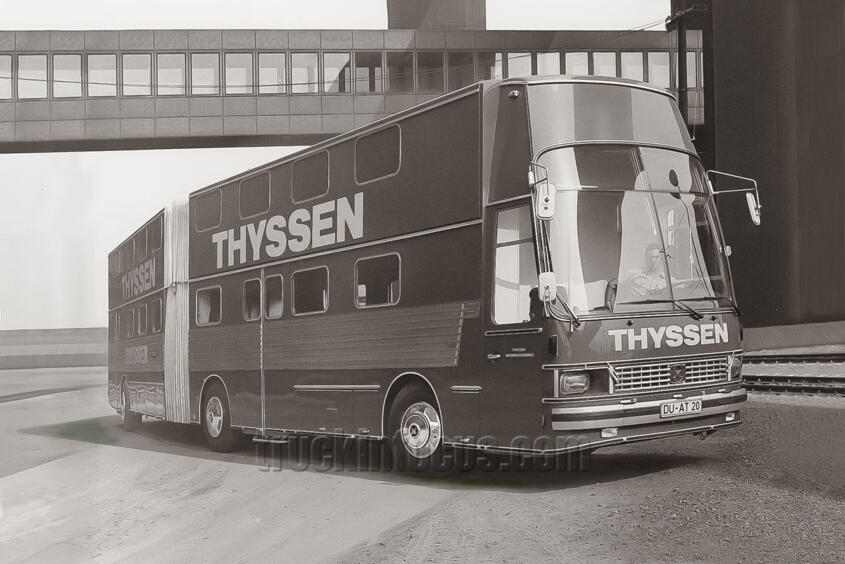
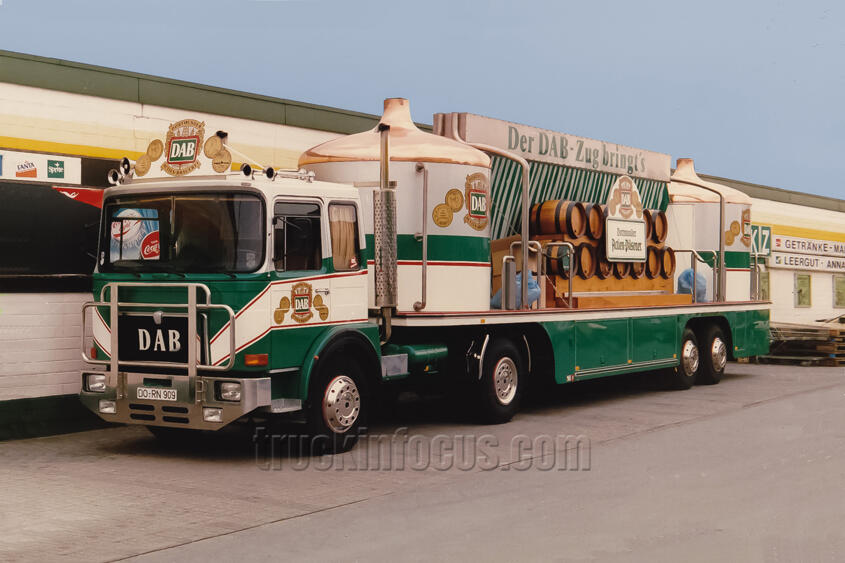
Text: Steve St.Schmidt
Photos: Archive of the Edition Diesel Queen
